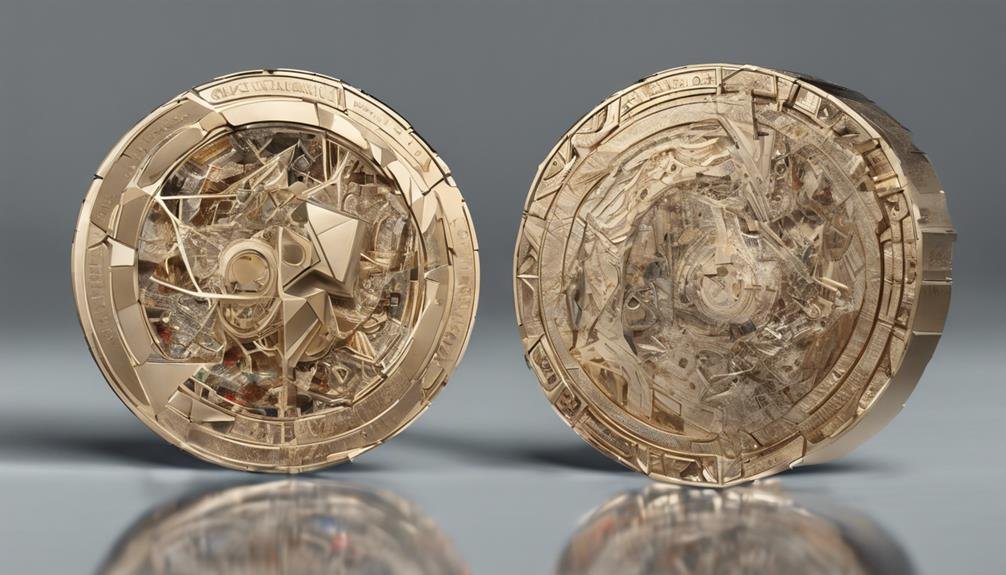Tokenizing your art collection means turning your physical art into digital tokens. This changes how artists handle and share their work in today’s digital world. It lets you create unique digital versions of your art for safekeeping and trading. By tokenizing, you can reach more people and explore new income sources. It even brings art ownership to a broader audience. Artists and collectors like you can benefit from increased liquidity and new possibilities. Discover more about this innovative process transforming the art world.
Brief Overview of What Is Tokenizing Your Art Collection About?
- Transform physical art assets into unique digital tokens.
- Gain fractional ownership of high-value artworks.
- Increase liquidity and accessibility to art collections.
- Democratize access to hard assets for broader investment.
- Create new revenue streams and crowdfunding models for artists.
Understanding Tokenization in Art
Tokenization in art transforms physical assets into digital data tokens stored on the blockchain, revolutionizing how artists access, create and manage their artwork. Artists are now able to digitize their creations, turning them into unique tokens that can be securely stored and traded. This shift to digital assets opens up a world of opportunities for artists, allowing them to reach a broader audience and have more control over the distribution and use of their work.
By embracing tokenization, artists are stepping into a new era where the traditional barriers of the art market are being broken down. This innovative approach not only provides artists with new revenue streams but also introduces a fresh crowdfunding model that empowers creators like never before. Through tokenization, artists can redefine ownership in the art world, creating a more transparent and inclusive market where their talent can shine.
Benefits of Art Collection Tokenization
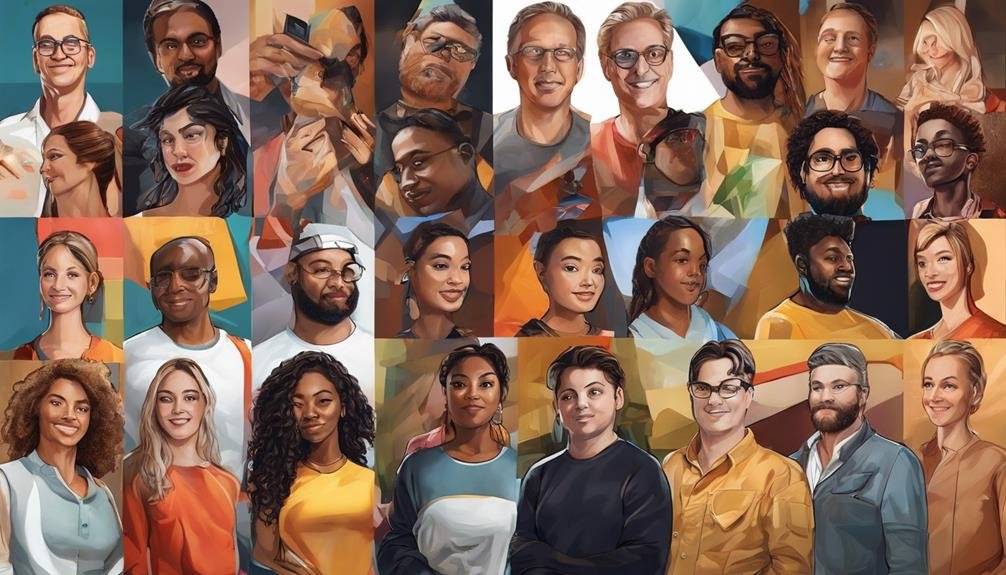
Through art collection tokenization, you can now gain fractional ownership of high-value artworks, offering increased liquidity and accessibility to the stored value within art collections. Fractional ownership allows investors to own a portion of valuable artwork, reducing the traditionally high cost of entry associated with art investment. By dividing the artwork into digital tokens, investors can purchase and trade these tokens efficiently, potentially benefiting from the appreciation in value of the art piece. This process not only makes investing in art more affordable but also provides a more liquid market for art assets.
Additionally, art collection tokenization democratizes access to hard assets, making art investment more inclusive. It allows a broader range of individuals to participate in the art market, potentially diversifying investment portfolios. The digital tokens representing art ownership can be easily managed and traded, offering a more convenient way to engage with the art market. Overall, the benefits of art collection tokenization lie in increased liquidity, fractional ownership opportunities, and the potential for more accessible art investments.
Risks and Challenges in Art Tokenization
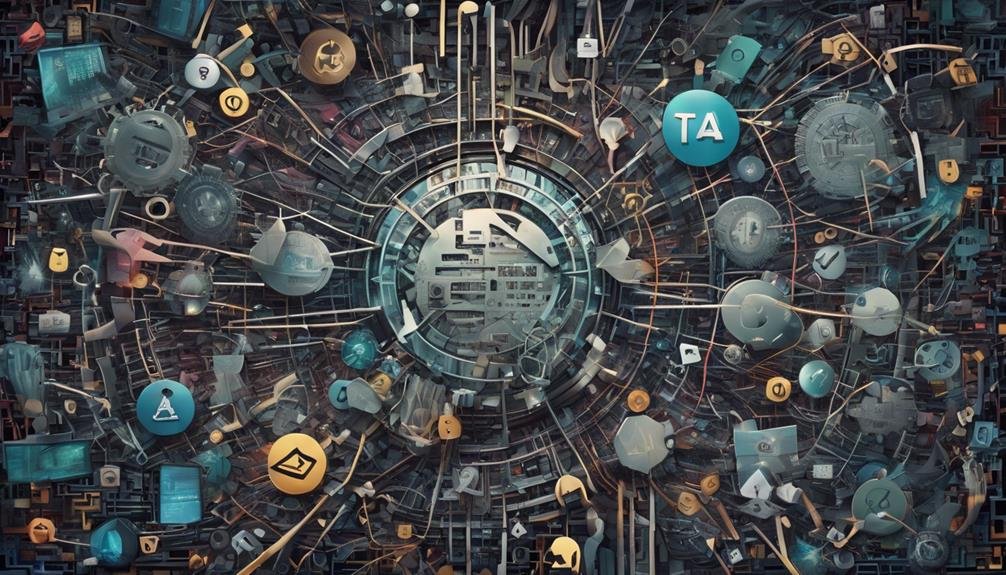
Art tokenization poses significant risks and challenges that artists and collectors must carefully navigate to protect their work and investments. Concerns about cryptocurrency volatility can impact token value, affecting the financial returns associated with art tokens. Another challenge is the potential loss of control over distribution and use once tokens are sold. This could pose risks to the artist’s intellectual property rights. Artists need to ponder these risks thoughtfully before proceeding with tokenization to safeguard their creations.
To address these challenges, some solutions, like utilizing crypto-less blockchains, are being explored to mitigate the risks involved in art tokenization. Additionally, creating value for artists and collectors through specialized utility can help overcome these obstacles. By offering unique benefits or services tied to the art tokens, artists can enhance the appeal of their tokenized collections and attract potential investors seeking specialized experiences. Careful consideration and strategic planning are essential to successfully navigate the risks and challenges associated with tokenizing art.
Successful Art Tokenization Examples
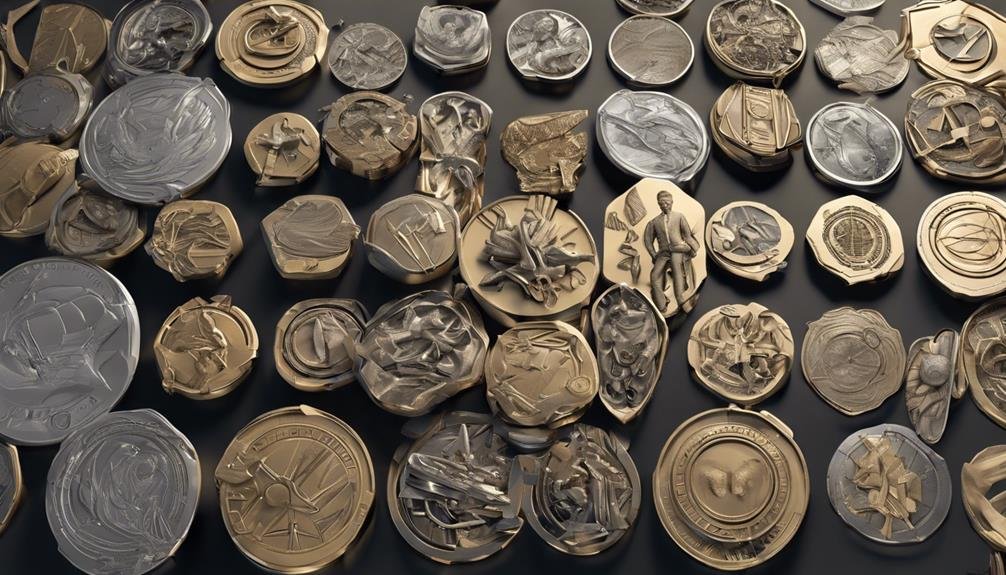
How have artists leveraged blockchain technology to redefine the value of their creations in the digital age? Some notable examples include Beeple’s NFT artwork ‘Everyday: The First 5000 Days’ selling for a remarkable $69 million and Banksy’s tokenized art on OpenSea fetching over $380,000 in sales. These success stories demonstrate the profitability potential for artists to monetize their work through tokenization.
Additionally, this trend offers collectors a new asset class and diversification opportunity in their portfolios. The art world anticipates a rise in successful tokenization ventures, showcasing how NFTs are revolutionizing the way artists and collectors interact with art. Tokenizing real-world assets like art pieces has opened up a new realm of possibilities, creating a more inclusive and accessible art market for both creators and buyers.
As more artists explore this innovative avenue, the landscape of art ownership and appreciation continues to evolve, ushering in a new era of digital art ownership.
Getting Started With Art Tokenization
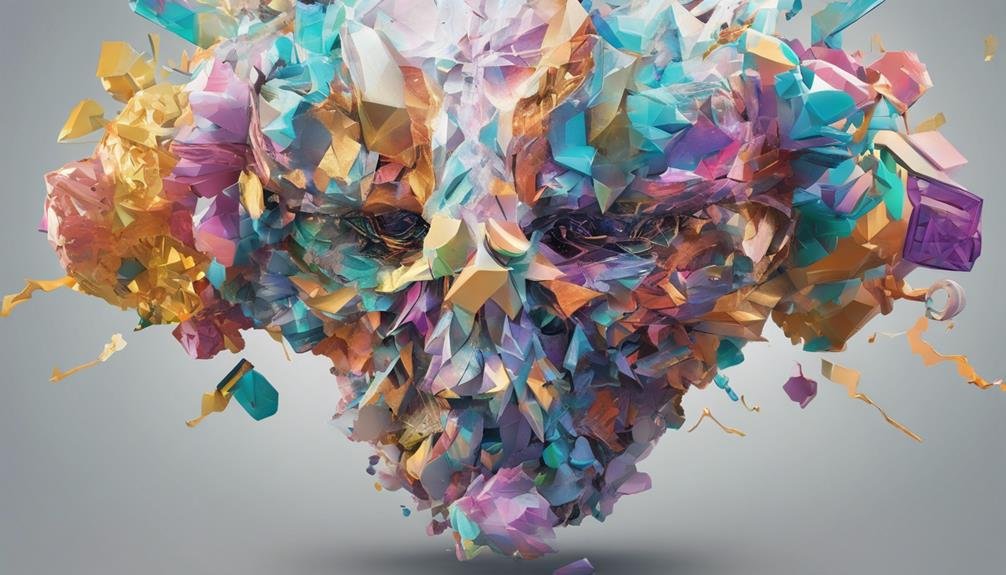
To start exploring art tokenization, consider engaging with NFT communities to understand the process and potential opportunities available for artists and collectors alike. By delving into these communities, you can gain insights into the global art market trends and discover the advantages that Asset Tokenization offers. As an artist, this presents a unique opportunity to monetize your creations, opening up new revenue streams and reaching a broader audience.
Begin by selecting a suitable platform that aligns with your goals, then carefully choose which art pieces to tokenize. Follow the guidelines provided by the platform for creating tokens to guarantee a smooth process.
Asset Tokenization allows for fractional ownership, making valuable artworks accessible to a larger audience by reducing the cost of entry. Additionally, it enhances liquidity in the art market, facilitating swift exchanges of digital tokens representing art ownership with minimal transaction costs. Embracing art tokenization can revolutionize the way you engage with your art and the art market as a whole.
Frequently Asked Questions
What Are the Benefits of Tokenization Art?
Tokenizing your art collection brings increased liquidity, offering fans fractional ownership and democratized access. It empowers you to monetize your work, engage your audience, prevent fraud, and explore new financing avenues in the art world.
What Is the Art Tokenization Platform?
You can tokenize your art collection by using a digital platform that leverages blockchain technology. This allows you to have digital ownership and offer fractional ownership to engage fans, all while protecting your work from counterfeiting.
What Is Tokenizing Assets?
Tokenizing assets involves converting physical items into digital tokens on the blockchain. It grants digital ownership, utilizes blockchain technology, and enables fractional ownership. Embracing this process provides control and opens up new financial avenues for artists.
Is Tokenized Art a Security?
Tokenized art can be a security, subject to legal implications. Factors like investment intent and reliance on third parties matter. Guarantee regulatory compliance to protect investors and understand market dynamics when tokenizing art collections.
Conclusion
So, next time you’re thinking about tokenizing your art collection, remember that it’s like turning your Mona Lisa into a digital puzzle piece that can be bought, sold, and traded with the click of a button. It’s a modern twist on the traditional art world, where pixels replace paint and blockchain replaces galleries. Embrace the future of art ownership, one token at a time.
